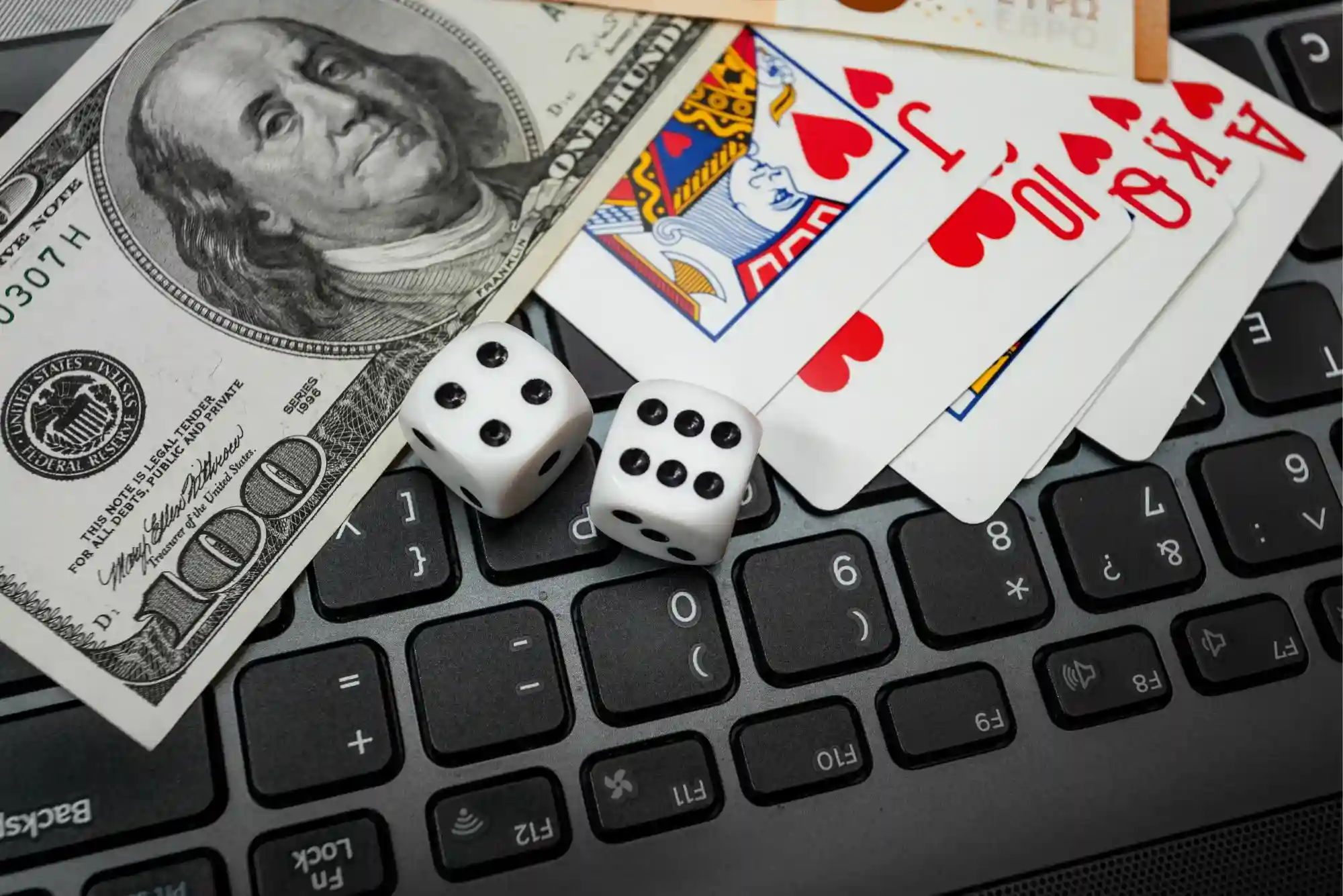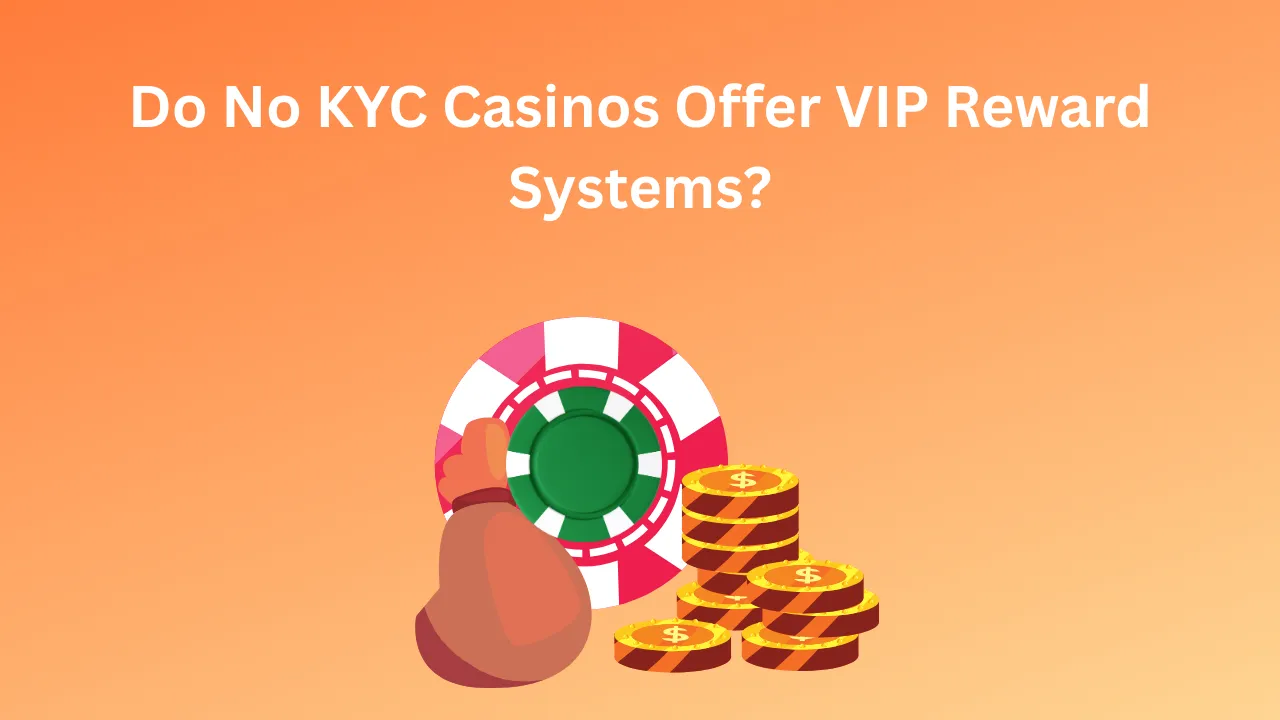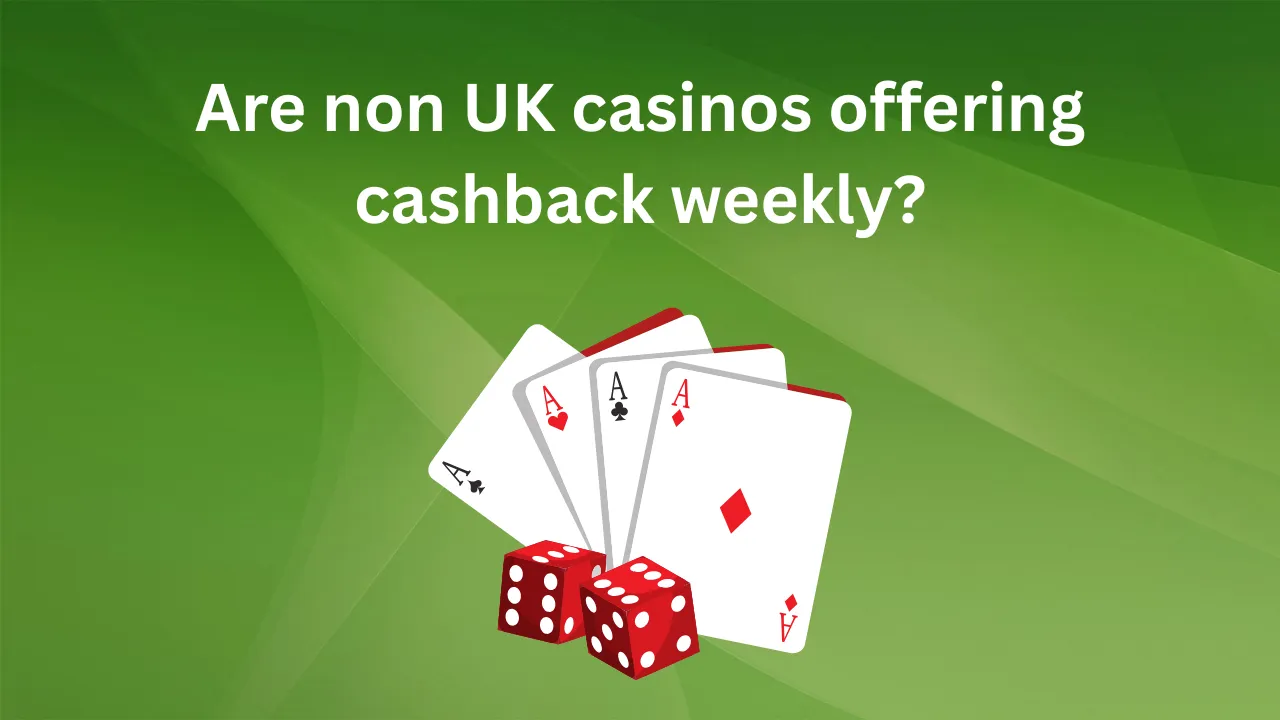In the world of gaming, whether you’re deeply invested in an RPG, a strategy title, or even certain online slot games, you’ve likely come across the term “locked wins.” For many gamers, this mechanic is either a point of excitement or frustration, depending on how it’s implemented. But what exactly are locked wins, and why do developers continue to include them in progression-based games?
Let’s break down how locked wins function, what they contribute to game design, and even how they show up in real-money gaming environments like New Casinos Not on GamStop, where the blend of strategy, chance, and control becomes even more relevant.
Understanding “Locked Wins” in Game Mechanics
At its core, a locked win is a reward or benefit that a player earns but cannot access immediately. It is “locked” behind a specific requirement—usually some form of progression milestone such as completing a level, acquiring a particular item, or investing a set amount of time or currency into the game. The reward is visible or announced but not usable right away.
This mechanic is popular because it leverages both psychological and strategic components. For one, the visible but inaccessible reward triggers anticipation and curiosity. Players are more likely to remain engaged, returning to the game to unlock that reward they know is waiting for them. From a design standpoint, this helps retain users over longer periods.
For example, in many action-adventure games, players might collect keys, tokens, or shards throughout levels that promise a powerful item once all pieces are collected. Until the last piece is secured, the “win” is technically locked. Similarly, in battle pass systems found in games like Fortnite or Call of Duty: Warzone, rewards are earned but become available only after the pass is upgraded—an intentional use of the locked win model.
The Role of Locked Wins in Player Progression
Progression is the spine of most modern games. Without it, games become repetitive and lose their draw quickly. Locked wins introduce a layered form of progression that’s not just about moving forward but doing so with a clear understanding of what’s at stake.
Rather than giving out rewards the moment they’re earned, locked wins create a more strategic flow. Players must weigh the benefits of continuing, calculate their risk tolerance, and decide if unlocking the reward is worth the resources or time investment.
Take for instance an RPG where powerful gear is locked behind faction reputation. You might have defeated a challenging boss and earned the blueprint for a legendary sword, but you’ll still need to grind through faction missions to be able to craft it. That’s a locked win in action, reinforcing the idea that not everything comes easy—even if you’ve already proven your worth.
The system pushes players to engage with multiple facets of the game, creating a fuller experience rather than allowing shortcuts. This is especially valuable in games with complex ecosystems, where progression is not linear but branching.
Risk and Reward: How Locked Wins Amplify Emotional Investment
Gamers are emotional beings. The thrill of chasing a reward, especially when it’s just out of reach, is deeply motivating. Locked wins heighten this emotional engagement. You’re not just playing for the moment—you’re playing for what lies ahead.
Interestingly, this mechanic parallels how New Casinos Not on GamStop engage players. These platforms often incorporate gamification elements—like loyalty rewards, bonus tiers, and progressive jackpots—that act as digital equivalents of locked wins. A player might earn free spins or cash bonuses, but access might be locked until a certain deposit is made or wagering requirement met. It’s the same psychological principle at play.
By integrating locked wins, both traditional games and casino environments enhance long-term player engagement. It’s not just about winning; it’s about unlocking the win, and that subtle difference makes all the difference in how players connect emotionally with the experience.
Locked Wins in Free-to-Play and Monetized Games
Free-to-play models often use locked wins as a core monetization strategy. In mobile games especially, you’ll find yourself collecting resources or achieving goals, only to discover that unlocking the actual benefit requires a cooldown period—or, more often, a small payment.
For example, in a popular base-building game, you might unlock a new building after several hours of gameplay, but its actual construction is delayed unless you pay in-game currency to speed it up. That currency, naturally, can be bought with real money. The locked win here functions both as a gameplay mechanic and a revenue driver.
This can feel manipulative to some players, particularly when the pace of progression feels deliberately slow or when locked wins are essential to staying competitive. However, when balanced correctly, the mechanic can enhance the sense of achievement and give players more reason to stay engaged.
Again, there are parallels with New Casinos Not on GamStop. These casinos typically offer exclusive bonuses to registered users outside of the UK’s GamStop network, meaning fewer restrictions and more diverse gameplay options. Still, many of the rewards—be it cashback deals, VIP perks, or extra spins—are often locked behind deposit or playtime milestones. The structure reinforces continued play and adds a layer of satisfaction when milestones are met.
Why Locked Wins Must Be Carefully Balanced
While locked wins offer plenty of benefits to developers and players alike, poor implementation can backfire. When rewards feel too distant or requirements feel unfair, players may abandon the game entirely. The best locked-win systems balance visibility and attainability.
Let’s consider a practical example. In a fantasy MMORPG, a guild reward might be shown to all players but only unlock once enough members complete a certain raid. This creates community-driven momentum and fosters teamwork. But if the raid is too difficult or the mechanics too vague, frustration can outweigh motivation.
Game developers need to respect the player’s time. If a locked win feels more like a manipulative delay than a meaningful milestone, it risks turning engagement into resentment. This is why clear communication of what’s required and consistent reward scaling is critical.
Similarly, in the real-money gaming world, New Casinos Not on GamStop must tread carefully. Transparency is vital. If bonuses are marketed without clear terms, or if requirements are nearly impossible to meet, trust erodes. The balance between challenge and reward must always skew toward value—players must feel that their effort, or risk, is being fairly recognized.
Final Thoughts: Are Locked Wins Worth It?
In my own gaming experience—whether it’s grinding through a dungeon crawler for that elusive piece of loot or navigating the bonus structure of a New Casino Not on GamStop—I’ve found locked wins to be one of the most compelling mechanics when done right. They make you commit, think ahead, and stay involved. There’s something rewarding about seeing a locked prize on your screen and knowing exactly what you need to do to claim it.
The key is balance. A locked win should be a promise, not a tease. It should be difficult enough to feel earned, but not so frustrating that it feels unfair. Whether you’re a game designer, a player, or even someone dipping into online casino entertainment, understanding the value of locked wins helps you approach gaming with more strategy, patience, and awareness.
And if you’re exploring New Casinos Not on GamStop, this awareness is even more important. Look for platforms that clearly define how their bonuses and reward systems work. Check the fine print, set your limits, and make sure the locked wins you’re chasing are ones you genuinely want to unlock.
In the end, locked wins remind us of one of gaming’s oldest truths: the journey is often just as meaningful as the reward itself.



